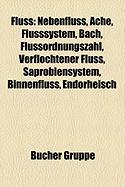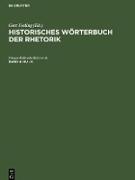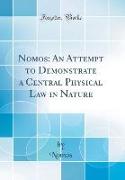- Start
- Cern
Cern
Angebote / Angebote:
Quelle: Wikipedia. Seiten: 141. Nicht dargestellt. Kapitel: Antiproton Decelerator, Cast-Experiment, Large Hadron Collider, Ua1-Detektor, Atlas, Alice, Brian Cox, Proton Synchrotron, Globe of Science and Innovation, Compact Muon Solenoid, Intersecting Storage Rings, Sergio Fubini, Lhcb, Lhcf, Gargamelle, Rolf Hagedorn, Na48, Proton Synchrotron 2, John Ellis, Lhc@home, Hephy, Opal, Large Electron-Positron Collider, Rolf-Dieter Heuer, Totem, Robert Aymar, Hans Meinhardt, Cngs, Les Horribles Cernettes, Aleph, Super Proton Synchrotron, Luciano Maiani, Na11, Compass-Experiment. Auszug: The European Organization for Nuclear Research (French: ), known as CERN (see History), pronounced (French pronunciation: ), is the world's largest particle physics laboratory, situated in the northwest suburbs of Geneva on the Franco-Swiss border ( ), established in 1954. The organization has twenty European member states, and is currently the workplace of approximately 2, 600 full-time employees, as well as some 7, 931 scientists and engineers (representing 580 universities and research facilities and 80 nationalities). CERN's main function is to provide the particle accelerators and other infrastructure needed for high-energy physics research. Numerous experiments have been constructed at CERN by international collaborations to make use of them. It is also noted for being the birthplace of the World Wide Web. The main site at Meyrin also has a large computer centre containing very powerful data processing facilities primarily for experimental data analysis, and because of the need to make them available to researchers elsewhere, has historically been (and continues to be) a major wide area networking hub. As an international facility, the CERN sites are officially under neither Swiss nor French jurisdiction. Member states' contributions to CERN for the year 2008 totalled CHF 1 billion (approximately EUR 664 million). The convention establishing CERN was signed on 29 September 1954 by 11 countries in Western Europe. The acronym CERN originally stood, in French, for Conseil Européen pour la Recherche Nucléaire (European Council for Nuclear Research), which was a provisional council for setting up the laboratory, established by 11 European governments in 1952. The acronym was retained for the new laboratory after the provisional council was dissolved, even though the name changed to the current Organisation Européenne pour la Recherche Nucléaire (European Organization for Nuclear Research) in 1954. According to Lew Kowarski, a former director of CERN, when the name was
Folgt in ca. 5 Arbeitstagen




